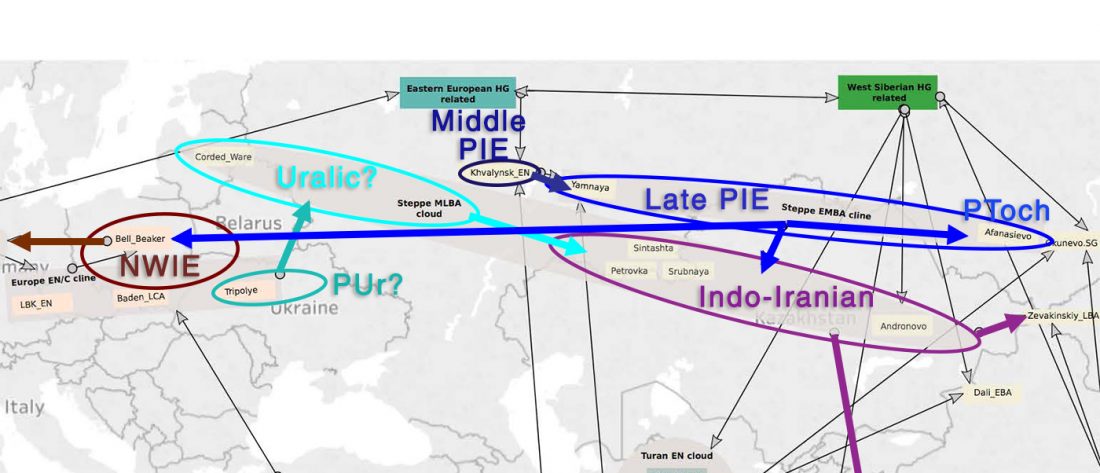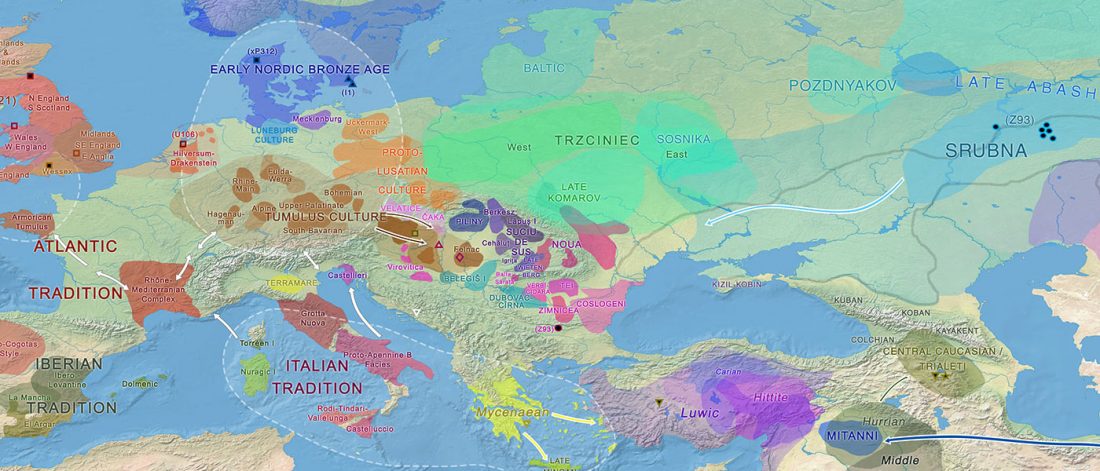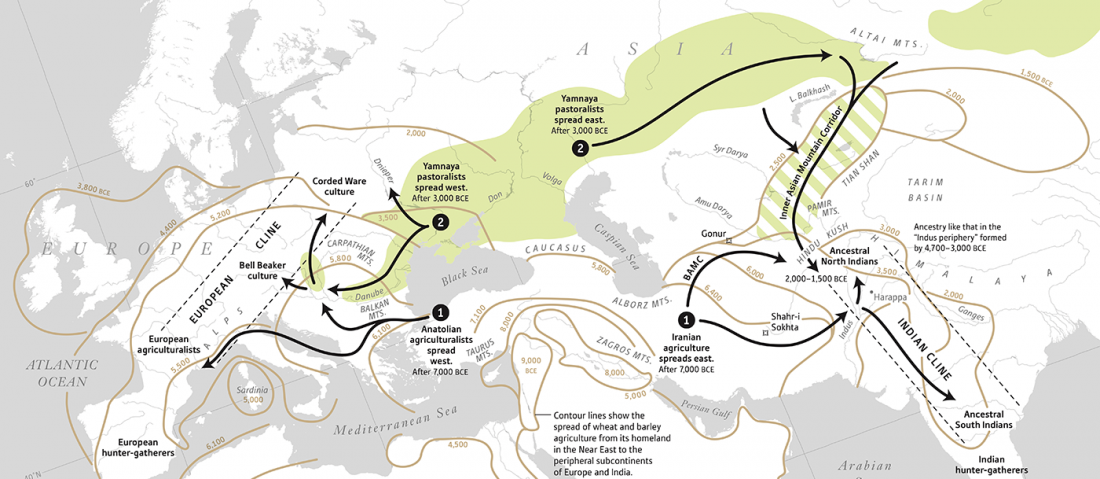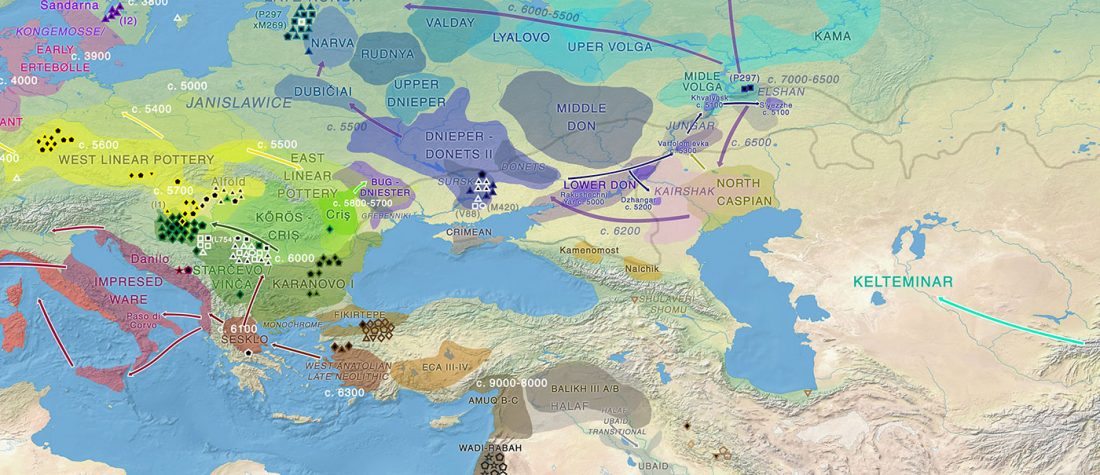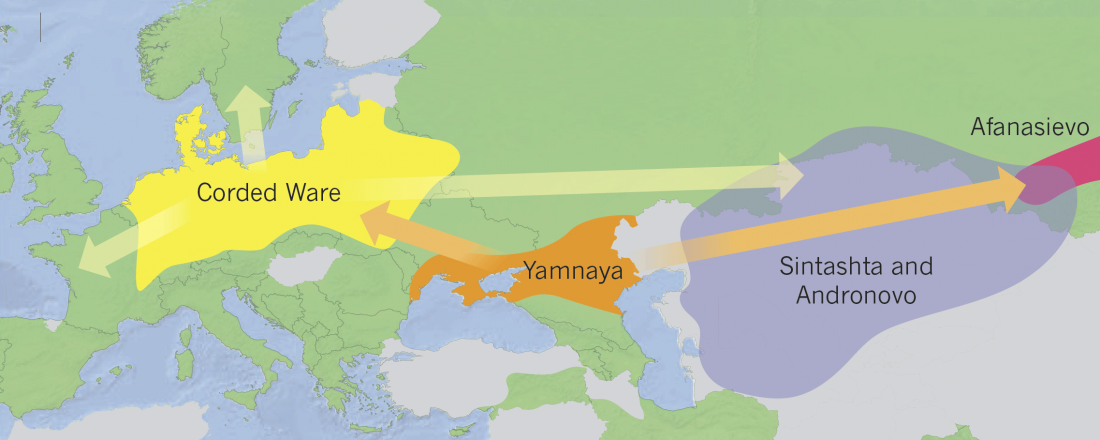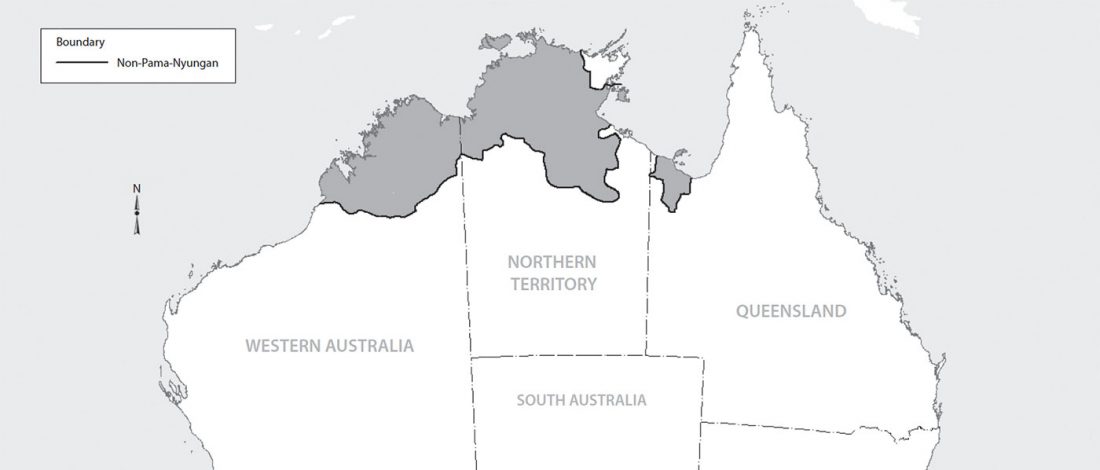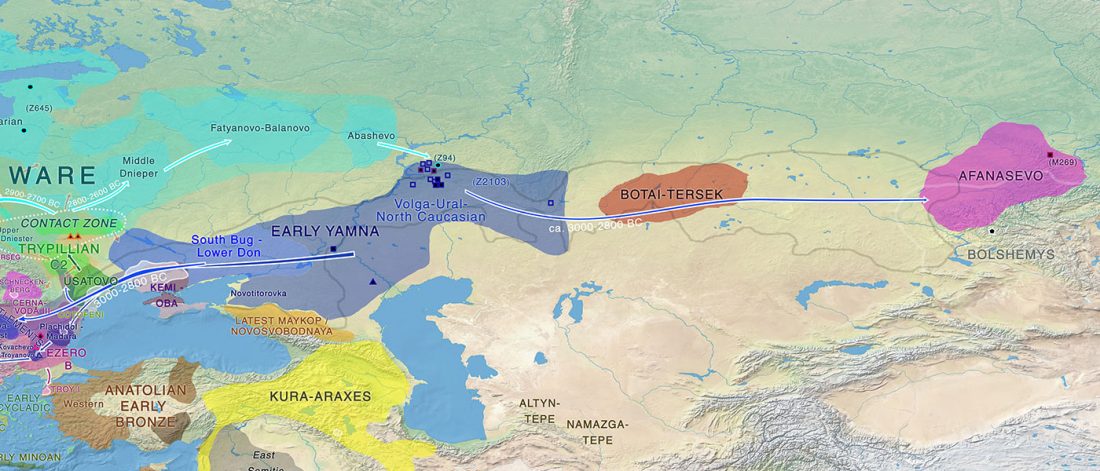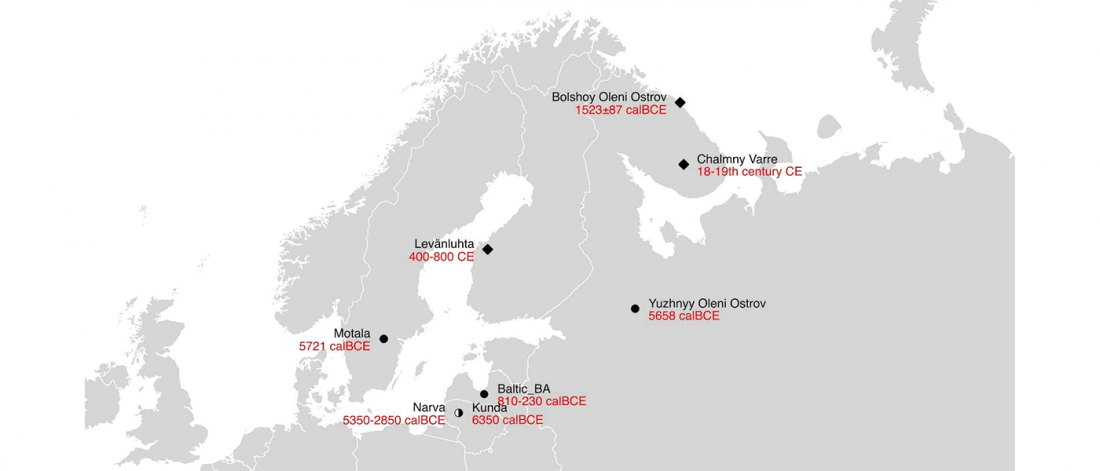David Reich on social inequality and Yamna expansion with few Y-DNA subclades
Interesting article from David Reich that I had missed, at Nautilus, Social Inequality Leaves a Genetic Mark.
It explores one of the main issues we are observing with ancient DNA, the greater reduction in Y-DNA lineages relative to mtDNA lineages, and its most likely explanation (which I discussed recently).
Excerpts interesting for the Indo-European question (emphasis mine):
… Read the rest “David Reich on social inequality and Yamna expansion with few Y-DNA subclades”Gimbutas’s reconstruction has been criticized as fantastical by her critics, and any attempt to paint a vivid picture of what a human culture was like before the period of written texts needs to be viewed with caution. Nevertheless, ancient DNA data
